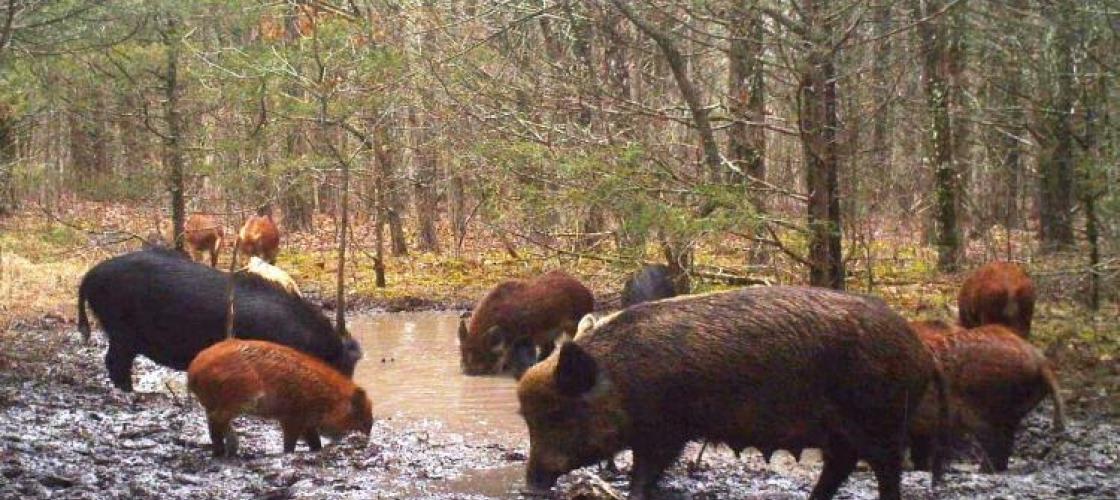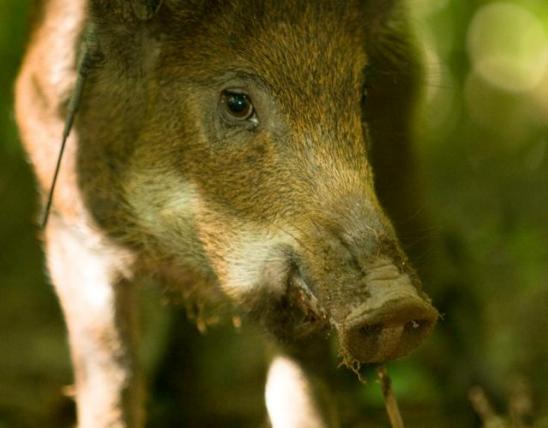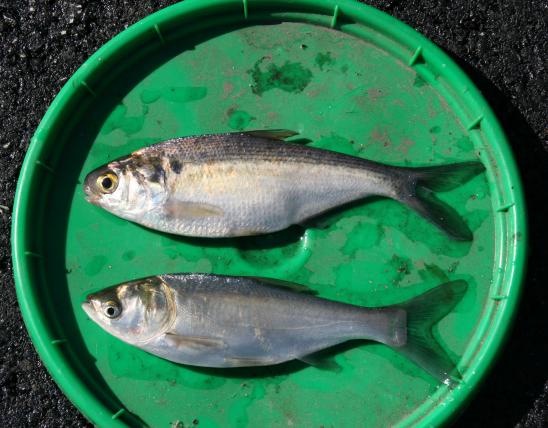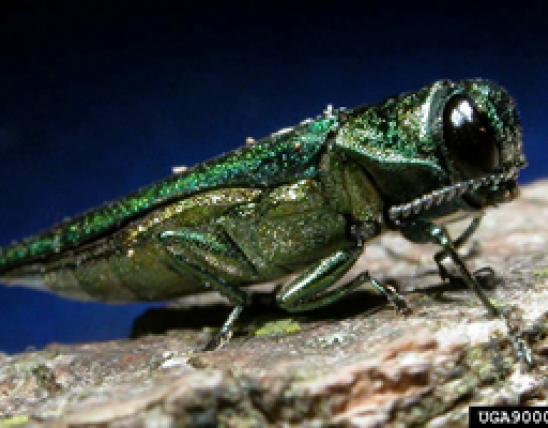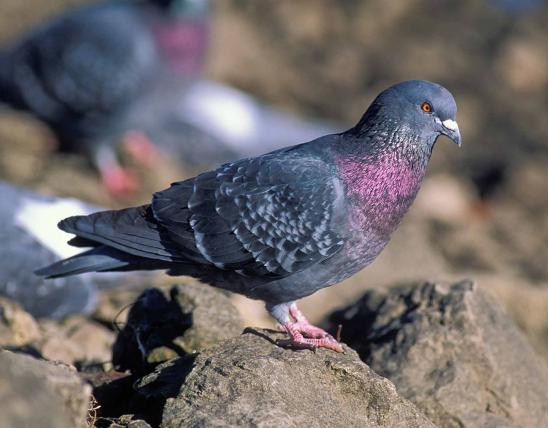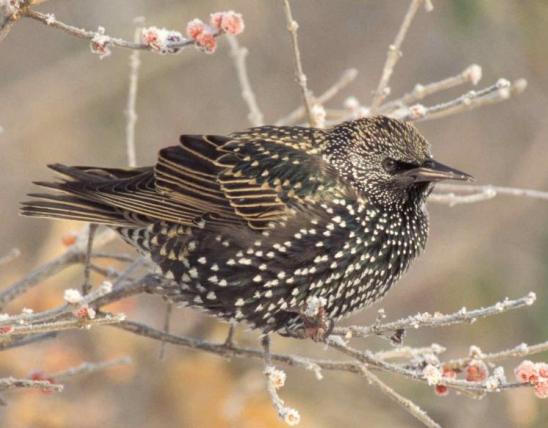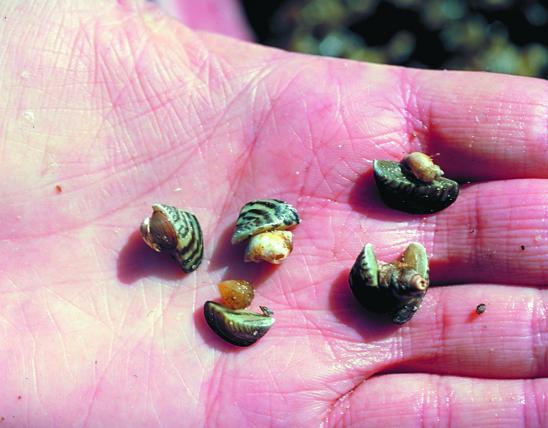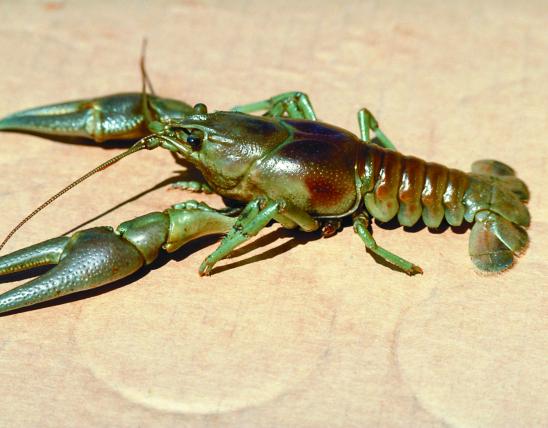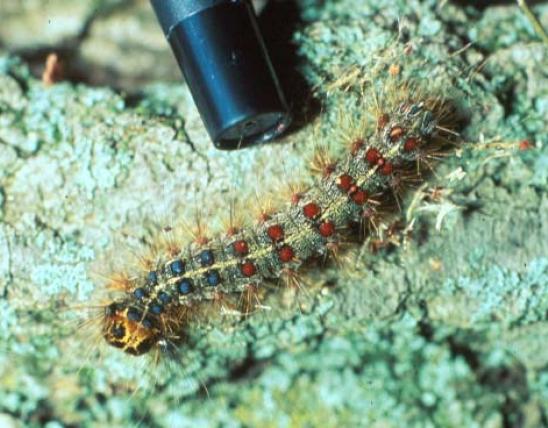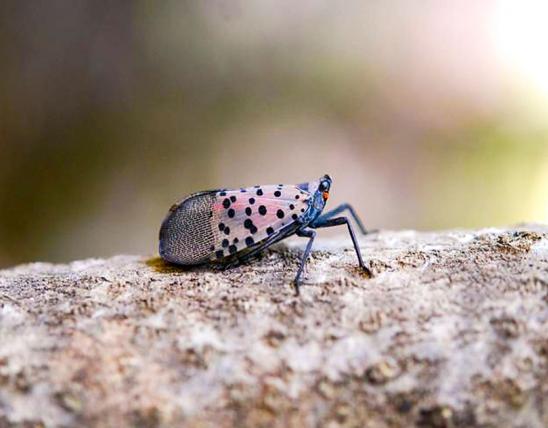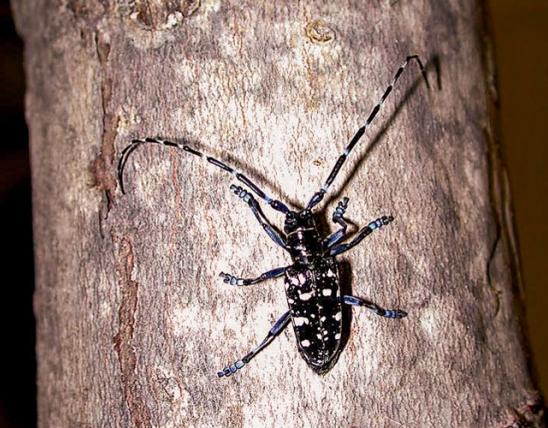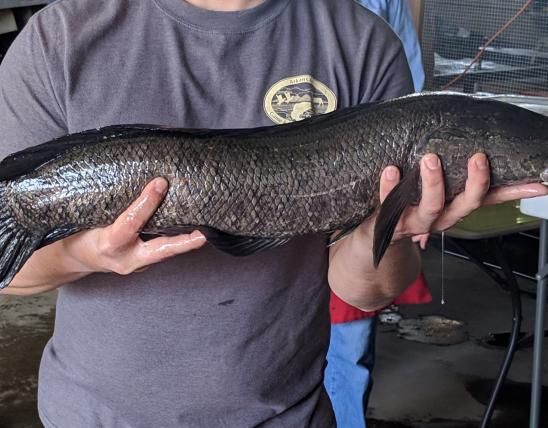Because they are nonnative, destructive and dangerous, feral hogs should be eliminated from Missouri. This section discusses efforts to control feral hogs in our state.
Invasive species are costly to native wildlife
After habitat destruction, invasive species are the second leading cause of population decline and extinction of native animals.
What makes a species "invasive"?
"Invasive" species come from other watersheds, other regions or other continents. In a new landscape, they may have no natural controls, such as predators. As a result, nonnative animals, such as feral hogs, often eat local wildlife or their foods and consume or destroy their habitat.
Browse this section to learn what you can do to help stop the spread of invasive animals.






















